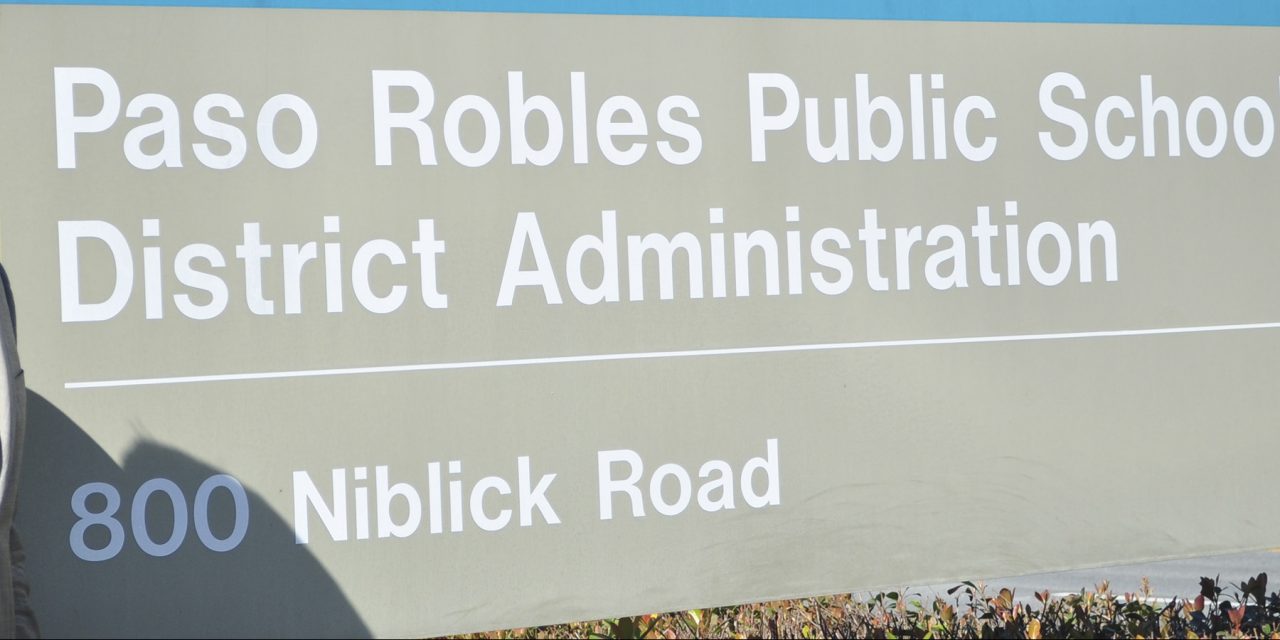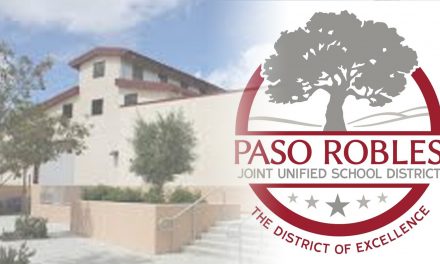Paso Robles schools suffer under statewide issues in the aftermath of local accounting problems
Across the State of California, school districts are facing decreasing enrollment numbers, which is stressing their budgets. The Paso Robles Press sat down with Paso Robles Joint Unified School Superintendent Dr. Curt Dubost and Chief Business Officer Brad Pawlowski to talk about enrollment projections and the district budget.
Dubost specifically said that budget challenges PRJUSD faces are not because of past “budget difficulties” but because of the decrease of students. He said that the district had worked its way out of negative certification from the state when it failed to meet financial obligations in the past. However, Dubost said that due to the decline in student numbers, the district would not have the required 3 percent budget reserve to maintain a positive certification.
“If you’re flat or going down, your income is going to be going down, your expenses you would think would be going down, but unless you’re lay off people and have fewer teachers [expenses] are not going down, you have a fixed income the two lines cross, and there’s just isn’t money to cover it,” Dubost said.
Dubost said that even if the school had a more significant budget reserve, it would only delay the inevitable in light of the state’s enrollment projections and the area’s low property taxes.
According to the California Department of Finance, overall enrollment is down from 6,235,520 in 2014–15 to 6,186,278 in 2018–19 a decrease of 0.8 percent. The CDF reported that the state experienced the fifth consecutive decrease in total Public K-12 Enrollment in the 2018-19 school year (-25,600 students), enrolling 6,185,200 students.
Over the next ten years, CDF projects, if current trends in fertility and migration hold, a further decline of 425,700 in total enrollment is projected, resulting in a total enrollment of 5,759,500 by 2028-29. That state’s enrollment projections are developed using a grade progression ratio (GPR), cohort-survival, projection model to project enrollment in kindergarten through twelfth grade, and high school graduates.
“We were hoping that it would be flat to growing, and instead, it’s flat to declining even with all the new housing coming in, so that’s the dilemma we face,” Dubost said.
PRJUSD operates as a basic aide meaning that local property taxes do not generate enough to support the district. When a school district exceeds its “revenue limit,” the state provides money from the general fund. California bases its support per student per day, known as the average daily attendance (ADA). If a student is not present at school, the district does not receive money for that day for that student. Dubost said that a rough estimate for PRJUSD is five children absent a day per 100 students.
“Our enrollment is about 6,780, somewhere in that range,” Pawlowski said, “our ADA we budgeted on was 6,505 and so that ADA is averaged out over the first eight months of the school year. The first month we were well over the 6,505, but you have gradually seen that drop, and we are now below the 6,505 in average daily attendance in month five. So, we’re below that number, but when you average it out, we’re really close to the 6,505.”
Apart from the overall decline in student enrollment for the state, Dubost that lack of affordable housing on the Central Coast plays a factor. High housing costs and low wages in the area keep the young families with children away. Dubost said that the mechanization of the ag industry is limiting job opportunities in the San Luis Obispo North County.
“An awful lot of the vineyard work is being mechanized, and so we’re losing some work opportunities for immigrant families with kids,” Dubost said, “there’s also been a think a verifiable exodus of at least some families out of fear of ICE and immigration enforcement and whatnot that has lead to some families to either move or not send their kids to school for fear of being identified.”
Dubost said that school budgets are tested by the Individuals with Disabilities Education Act (IDEA) previously known as the Education for All Handicapped Children Act ratified by President Ford in 1975. Initially, the law required the federal government to pay 40 percent on a school excess individual education costs by 1982 based on the national average for per-student expenditures. However, Congress changed the wording to the government’s funding requirement would not exceed 40 percent of per-student costs. Dubost said that the government pays approximately 8 percent.
“Throughout the county, the encroachment on the general find to meet the mandated services that you are required by law, if you don’t do it you get sued and have to pay more, is $54 million in this county and in this little district $8.5 million,” Dubost said, “it comes right off the top.”
Dubost said that if the federal government met the intended obligation, then “we wouldn’t be having this discussion.” Still, he contended that the answer is not more money but a reformation of the system and a hard look and the abundance of well-meaning regulations.
“We can’t just keep going back to the public and saying more, more, more, more — just keep passing more taxes — it doesn’t work. There has to be reform of the system,” said Dubost.















